Numeric and Geometric Patterns Worksheets
If you're a teacher or a parent looking for worksheets to help students grasp the concepts of numeric and geometric patterns, you've come to the right place. In this blog post, we will explore a variety of worksheets specifically designed to support learning in this area.
Table of Images 👆
More Other Worksheets
Kindergarten Worksheet My RoomSpanish Verb Worksheets
Cooking Vocabulary Worksheet
DNA Code Worksheet
Meiosis Worksheet Answer Key
Art Handouts and Worksheets
7 Elements of Art Worksheets
All Amendment Worksheet
Symmetry Art Worksheets
Daily Meal Planning Worksheet
What are numeric patterns?
Numeric patterns are sequences of numbers that follow a specific rule or relationship, such as increasing by a consistent value, alternating between different values, or multiplying or dividing by a certain factor. These patterns can help to identify and predict future numbers in the sequence based on the pattern observed in the existing numbers. Numeric patterns are commonly used in mathematics and problem-solving to analyze and make predictions about numerical data.
Provide an example of a numeric pattern.
An example of a numeric pattern is the Fibonacci sequence, where each number in the sequence is the sum of the two preceding numbers (e.g., 0, 1, 1, 2, 3, 5, 8, 13, ...).
How can you find the next number in a numeric pattern?
To find the next number in a numeric pattern, you can look for any repeating sequences, mathematical relationships, or patterns in the given numbers. Try to identify any rules or logic that govern the progression of the numbers, such as arithmetic or geometric sequences, prime numbers, or alternating patterns. By analyzing the pattern and applying mathematical concepts, you can predict the next number in the sequence based on the established pattern.
What are geometric patterns?
Geometric patterns are repetitive designs created using geometric shapes such as circles, squares, triangles, and lines. They are characterized by their symmetry, precision, and order. Geometric patterns can be found in various forms of art, architecture, and design, and are often used for decorative purposes to create visually appealing compositions.
Give an example of a geometric pattern.
An example of a geometric pattern is a tessellation of equilateral triangles, where the triangles are arranged in a repeating pattern to cover a surface without any gaps or overlaps.
How can you find the next shape in a geometric pattern?
To find the next shape in a geometric pattern, examine the sequence of shapes and look for a pattern or rule governing how each shape changes or progresses. Identify any relationships such as changes in size, rotation, reflection, or translation. Use these patterns to predict how the next shape in the sequence will evolve based on these observed rules. By analyzing the sequences and applying the recognized patterns, you can deduce the characteristics of the upcoming shape in the geometric pattern.
What is the difference between numeric and geometric patterns?
Numeric patterns are sequences of numbers that follow a specific rule or formula, such as increasing by a certain amount each time. Geometric patterns, on the other hand, are sequences of shapes or figures that follow a specific rule or formula, such as increasing by a certain size or angle each time. In summary, numeric patterns involve numbers while geometric patterns involve shapes or figures.
How can you identify a pattern in a given sequence of numbers?
To identify a pattern in a given sequence of numbers, you can start by looking at the differences between successive terms to see if there is a consistent change. Another approach is to check for common multiples or ratios between terms. Graphing the sequence can also help visualize any recurring trends. Additionally, you can consider arithmetic, geometric, or other types of sequences to determine the underlying pattern. By analyzing the sequence through these methods, you can identify and understand the pattern it follows.
How can you identify a pattern in a given sequence of shapes?
To identify a pattern in a given sequence of shapes, you can look for similarities or differences between consecutive shapes. Pay attention to the size, color, orientation, number of elements, or any other attributes that may be changing in a logical way. By analyzing these characteristics and observing the progression of shapes in the sequence, you can determine the underlying pattern.
What are some real-life applications of numeric and geometric patterns?
Numeric and geometric patterns have numerous real-life applications across various fields such as engineering, architecture, computer science, financial markets, and statistics. In engineering and architecture, patterns are used in designing structures and objects to enhance functionality and aesthetics. In computer science, patterns are utilized in coding and cryptography for data encryption and decryption. Financial markets rely on patterns for predicting trends and making investment decisions. In statistics, patterns are used for analyzing data sets and making predictions. Overall, numeric and geometric patterns play a critical role in problem-solving, analysis, and decision-making in a wide range of industries.
Have something to share?
Who is Worksheeto?
At Worksheeto, we are committed to delivering an extensive and varied portfolio of superior quality worksheets, designed to address the educational demands of students, educators, and parents.

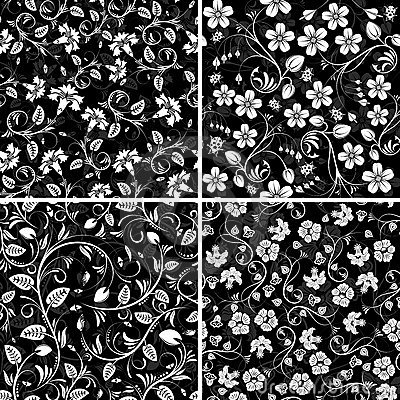




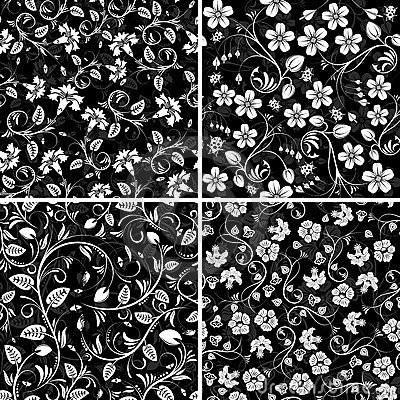

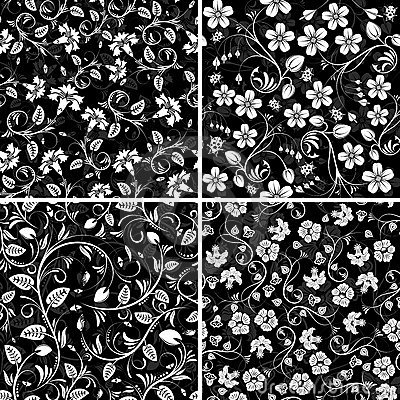
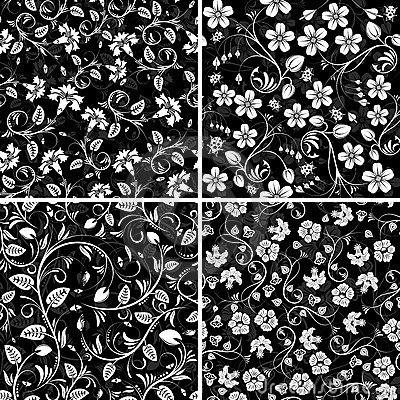
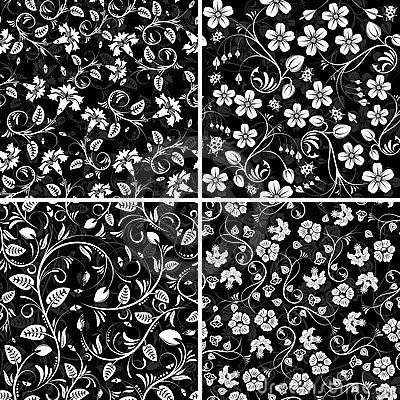
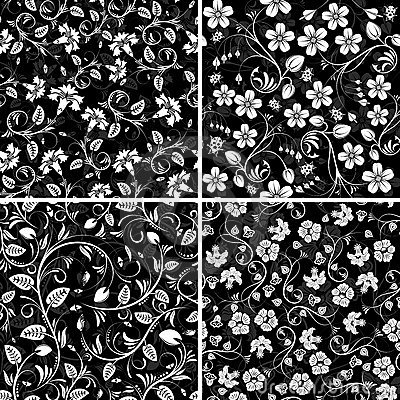
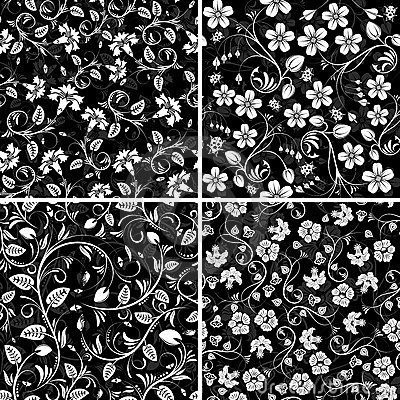
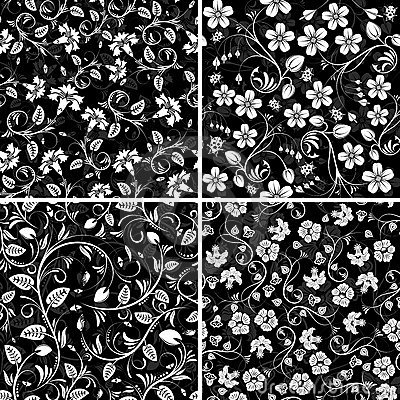
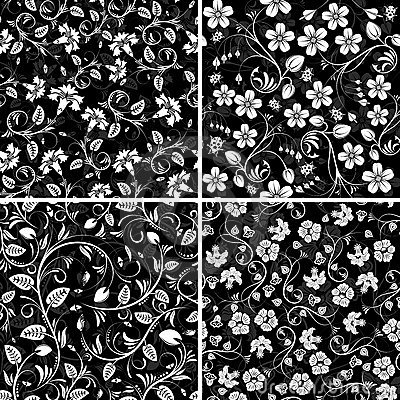
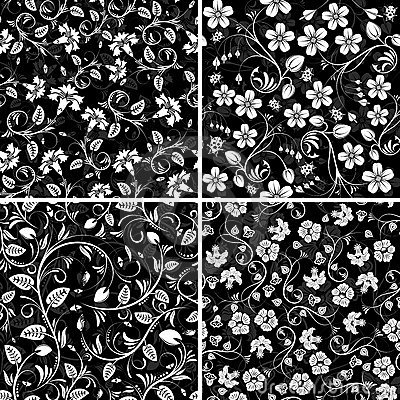

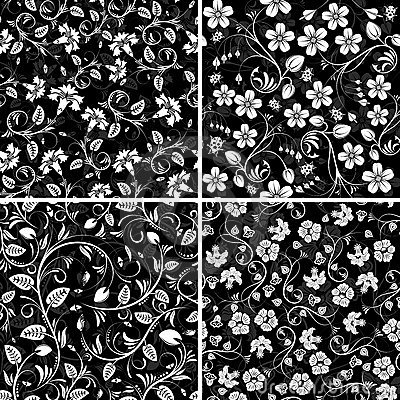
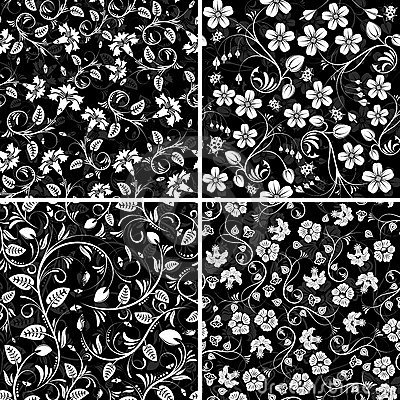














Comments